I have a value in a raw binary file (part of a database) and I want to convert to a Python format which can be interpreted by a human being. This is part of a forensic carving procedure. I can convert 8 byte values using this SQL sentence (you will see a date in GMT+2 and in GMT)
SELECT CAST(0x0000ae9401039c4a AS datetime), CAST(0x0000ae9400e2a6ca AS datetime)
which returns
2022-05-13 15:45:12.780 2022-05-13 13:45:12.780
I have tried to convert the binary value with DCODE v5.5 (https://www.digital-detective.net/dcode/) but can't find any format meeting the output of the previous SQL sentence (I have checked that it is right in the database I'm trying to carve).
Do anyone know how to perform the conversion in Python?
I imagine I just need the origin of this time representation and how much time is every bit. Comparing two timestamps separated exactly 2 hours you can see a "300" that I don't know how to interpret. Is a bit 1/300 seconds?
>>> t1=0xae9401039c4a
>>> t2=0xae9400e2a6ca
>>> t1-t2
2160000
>>> (t1-t2)/(2*3600)
300.0
